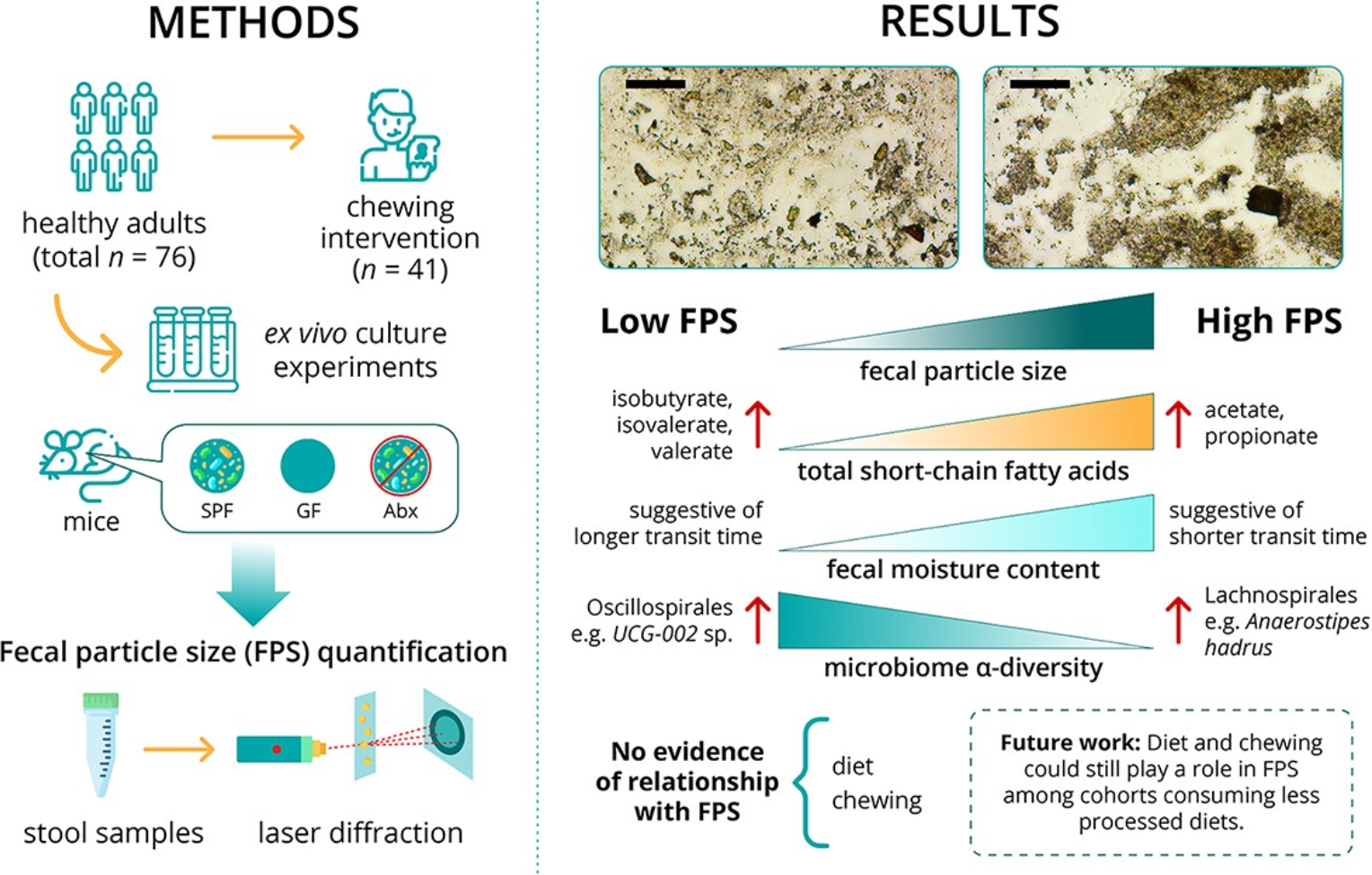Laser Diffraction Particle Size Analytical Service
Laser diffraction particle size analysis is an advanced technique for measuring the size distribution of particles suspended in a medium or dispersed in air. Particle size analysis plays a pivotal role in material characterization across numerous industries, from pharmaceuticals and biotechnology to materials science and environmental engineering. Understanding the distribution and mean size of particles helps researchers and manufacturers control formulation properties, optimize product performance, ensure regulatory compliance, and improve overall product quality. Among the various particle size measurement techniques available, Laser Diffraction Particle Size Analysis has emerged as one of the most accurate, reproducible, and efficient methods. Capable of measuring a broad range of particle sizes (from nanometers to millimeters), laser diffraction provides high-throughput, non-destructive, and statistically robust results based on light scattering principles.
MtoZ Biolabs offers a professional Laser Diffraction Particle Size Analytical Service that enables rapid, accurate characterization of particle size distribution (PSD) in both dry and wet dispersion modes. Our state-of-the-art instruments cover a wide dynamic range—from 0.01 μm to 3000 μm—allowing us to measure everything from ultrafine nanoparticles to large granules or agglomerates. This extensive coverage makes our service suitable for complex, heterogeneous samples in a wide array of research and industrial settings.
Technical Principles
Laser diffraction determines particle size distribution by measuring the angular variation in intensity of light scattered as a laser beam passes through a dispersed particulate sample. According to optical theories—primarily Mie scattering and Fraunhofer diffraction theory—larger particles scatter light at smaller angles with higher intensity, while smaller particles scatter light at wider angles with lower intensity. The instrument collects this scattering data using a series of detectors and mathematically reconstructs the particle size distribution based on the intensity-angle relationship. This technique is non-destructive, highly reproducible, and applicable across a wide size range (0.01–3000 μm). Laser diffraction is applicable to dry powders as well as wet dispersions, offering flexibility for analyzing diverse sample types.

Figure 1. The Working Principle of Laser Diffraction Analysis
Analysis Workflow
1. Sample Assessment: Evaluate sample properties to determine suitable measurement mode (dry or wet).
2. Dispersion Preparation: Prepare the sample using either dry powder dispersion or liquid suspension, based on material characteristics.
3. Measurement Execution: Perform laser diffraction measurement to capture scattering patterns across a broad size range.
4. Data Analysis: Calculate particle size distribution using appropriate light scattering models.
Service Advantages
☑️Broad Size Range (0.01–3000 μm): Facilitates simultaneous measurement of nano- and micro-scale particles, supporting both high-resolution pharmaceutical formulations and large-particle industrial materials.
☑️Dry and Wet Dispersion Compatibility: Supports a wide range of sample types—dry mode for solid powders (e.g., polymers, excipients), and wet mode for suspensions and emulsions (e.g., protein solutions, cosmetic bases).
☑️Customizable Protocols: Flexible workflows tailored to the specific properties of sensitive samples.
☑️Technical Consultation Support: Our experienced scientists assist with result interpretation and method optimization, particularly valuable in complex matrices like biotech formulations or multi-component systems.
☑️One-Time-Charge: Our pricing is transparent, no hidden fees or additional costs.
Applications
1. Pharmaceutical Development
Particle size directly influences drug dissolution rate, content uniformity, and bioavailability. Our Laser Diffraction Particle Size Analytical Service supports the optimization and quality control of drug formulations, including excipients and finished dosage forms, ensuring consistent therapeutic performance and compliance with pharmacopeial standards.
2. Food and Beverage Processing
Particle size affects texture, dispersibility, and stability in powders and emulsions. Our analysis enables better control of product consistency, mouthfeel, and shelf-life, supporting both R&D and quality assurance in food ingredient development.
3. Cosmetics and Personal Care
Uniform particle size contributes to the visual appeal, skin feel, and stability of products such as creams, lotions, and sunscreens. We help manufacturers fine-tune formulations for optimal sensory experience and long-term homogeneity.
4. Materials Engineering
In ceramics, polymers, pigments, and construction materials, particle size plays a key role in processing behavior, surface finish, and mechanical properties. Our service supports formulation design, milling efficiency, and end-use performance.
5. Environmental Monitoring
Accurate measurement of particle size in air, water, or soil samples is crucial for assessing pollutant behavior and environmental risk. We assist in the characterization of dust, sediments, and suspended solids for regulatory and ecological studies.
6. Biotechnology and Biopharmaceuticals
Particle and aggregate size in protein formulations, vaccine adjuvants, and nano-delivery systems influences product stability, immunogenicity, and release profiles. Our service provides critical insights for formulation development and quality control in biologics manufacturing.
Case Study
Interplay Between Fecal Particle Size and Microbial Ecology Revealed by Laser Diffraction Analysis
Fecal particle size (FPS) has long been associated with mastication and diet in non-human animals, but its determinants in humans remain poorly understood. A recent study applied laser diffraction particle size analysis to systematically investigate FPS across 76 human participants and multiple mouse models. Surprisingly, neither increased chewing efficiency nor dietary differences affected FPS. Instead, the gut microbiome composition and diversity emerged as key modulators. Germ-free and antibiotic-treated mice exhibited significantly larger FPS, while human samples with higher microbial diversity showed finer particles. Ex vivo cultures further confirmed that differences in microbiota alone can drive FPS variability. This study positions FPS as a meaningful readout of microbial digestive activity and gastrointestinal transit. MtoZ Biolabs provides high-resolution Laser Diffraction Particle Size Analytical Services capable of accurately profiling complex biological samples like feces, supporting studies in microbiome function, digestive physiology, and metabolic health.

FAQ
Q: Should I choose dry or wet dispersion for my sample?
A: Dry dispersion is ideal for free-flowing, non-cohesive powders, while wet dispersion is better for suspensions, emulsions, or samples prone to agglomeration. We assess your sample to recommend the best approach.
Contact us to explore tailored solutions for your research.
How to order?







